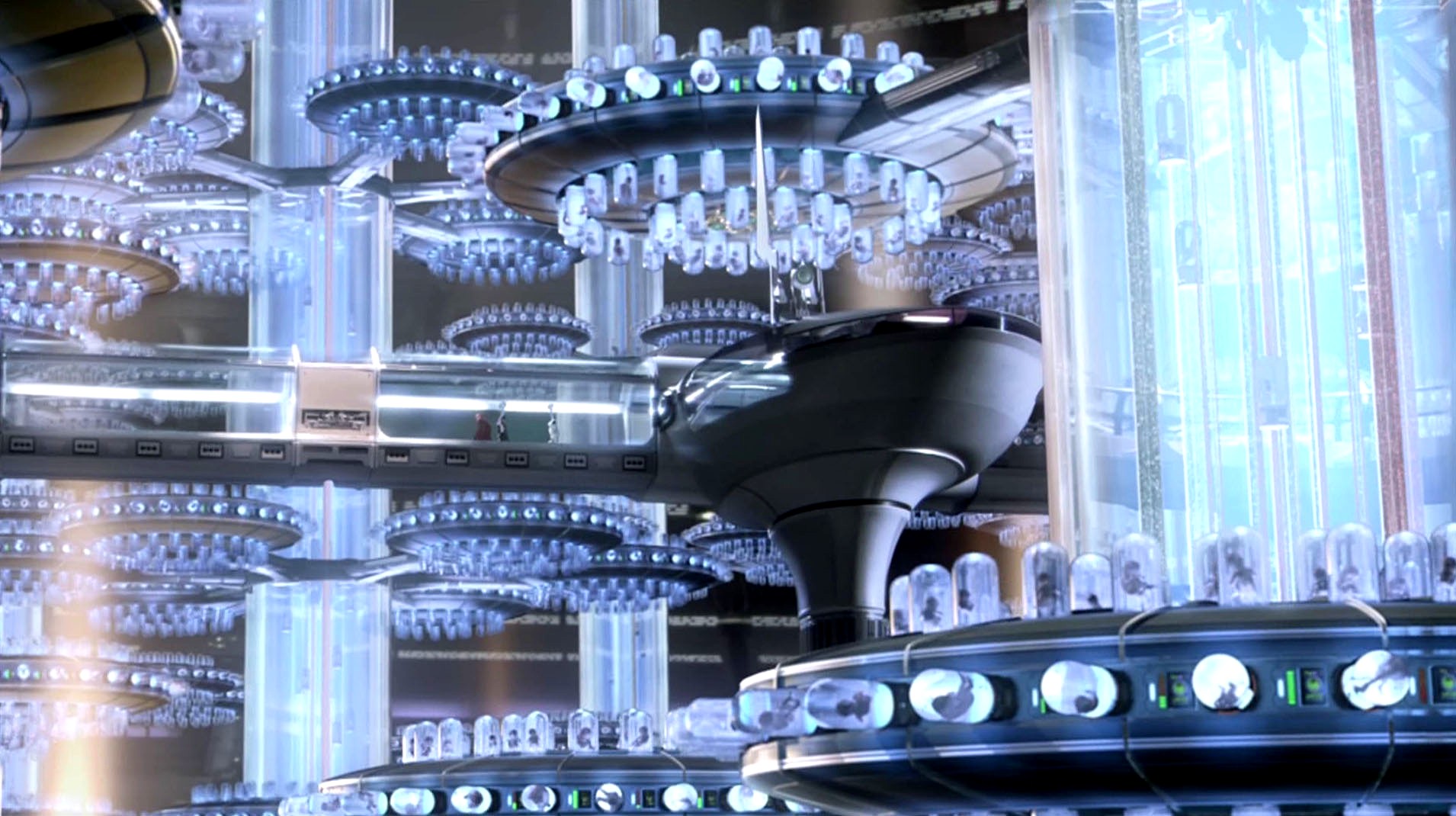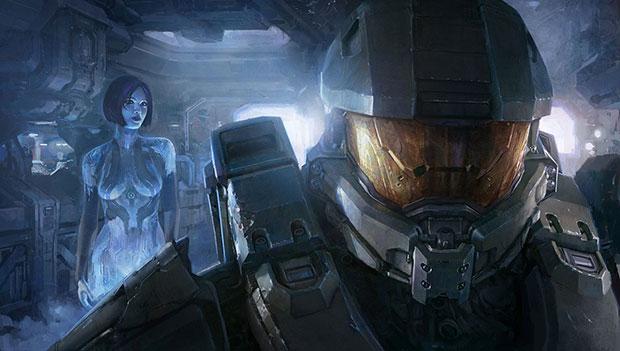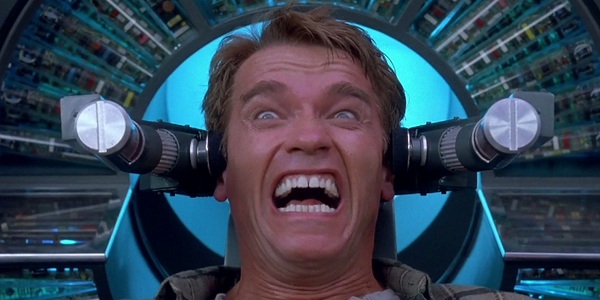When i think of "retro" science fiction films the first thing that leaps to mind is 2001 A Space Odyssey. Undoubtedly a classic of the genre and of film making in general, it sets the visual cornerstone for visual design in modern sci-fi. This is the film (and aesthetic) i had in mind when i chose to base "Phenotype" off "hard science fiction".
For me, it has always stood out for its believable design, which in turn, in turn helped me to engage with and believe in the situation and roles of the of the characters.
The abundance of clean, simple, white surfaces in the 2001 spaceships gives them a sterile, no nonsense feel, and the technology, though dated in comparison to modern standards is very reminiscent of actual spacecraft of the time.
It's clear that a great deal of care was taken in the design of the film to make it feel authentic, and genuine. Researching the design of the film however, lead me to discover that Stanley Kubrick (director) went as far as employing Frederick Ordway, and Harry Lange, (who had worked with NASA on vehicular concepts) as consultants.
Visual tropes and motifs are commonly used in many genres, as a way of providing recognizable themes (colors, shapes, and effects) that the audience can pick up on to quickly understand the type of style that the design team is going for. For example, white (in the western world) tends to denote purity, clean, modern design- the design ethic that company's like Apple tend to follow, when accompanied with simplistic, minimalistic forms this gives a clean "futuristic" look.
A Dystopian Future:
Post Apocalyptic settings are a common (some might say over-used) sub-genre of science fiction, the setting is an example of a dystopia. As with many others it often uses common visual themes and devices to to quickly set up the scene.
(The Road)
(Fallout 3)
(Borderlands)
The common theme here is obviously brown, lots of brown. In contrast to the pure symbolism of white, and its use in entertainment media, brown is used to suggest everything dirty and dilapidated. Thus is a commonly recurring theme in a variety of different media platforms.
Miss-matched, salvaged components, combined in an improvisational manner is also typical of this genre. from, vehicals to buildings to clothing, this style of design will immediately scream post-apocalyptic to most discerning audiences without the need for description. I mention this, as i think it is a useful way of none verbal storytelling and scene setting that can be used to tell an audience that something bad has happened, but sill withholding story details.This technique shows extreme age of an object, or at least high usage.
(Mad Max)
It is important that i bear this use of detail in mind in the designs of my own props and setting. Correct usage of color, and knowledge of their connotations is also important for both 2D and 3D artists. I have found a useful chart that shows the various meanings of colors to use as reference points for my future work.
"Dont follow the lights..."
This next one is one of the more recent tropes used in the sci-fi arsenal. There is a current trend in science fiction of using an unnatural light blue light as a signifyer for anything scientific, technical or other-worldly, again, this theme spans various different mediums.
interestingly however, If i look at the chart, the color seems to denote tranquility, peace and wisdom over technology, I also know that blue also indicates cold temperatures.This leads me to deduce that colors have different meanings and uses dependent on their application, location and various other factors. it looks like more color theory is in order.
(Star Wars, Attack of the Clones: a cloning facility screenshot)
- A cloning facility is obviously a place of high levels of technology
- the light area and bright light link to my previous comments on the use of white in sci-fi
(Skyline)
(Halo 4)
- The character in the back is a hologram, again this is a futuristic technology
(Iron Man suit)
- Though the suit itself is red and gold (which of course have different meanings), the light emitted from its power source has a light bright blue glow
- more than just examples of use of color these are examples of the use of lighting, and its combined uses with lighting.
An obvious example of how this tool has begun effect the design of sci-fi, is the 2012 remake of "Total Recall".
Origional (1990):
(Total Recall 1990)
Remake:
(Total Recall 2012)
The second image looks significantly more sophisticated, all thanks to the use of certain devices that bring the visual feel of the film up to date, and in line with public expectations.
By keeping in mind these, and other formulas of the genre, and knowing the correct place to use them, i can begin to design contemporary looking environments, or use this knowledge to subvert expectations of the genre.
Because i feel that my research for BA4 was such a week point in that project, i think it is particularly important this term that the research my reflective journal (this blog) is thorough. This is a key aspect of my revision of BA4, as i feel that there are many areas in our design that would benefit from greater consideration, research, and reference.















No comments:
Post a Comment